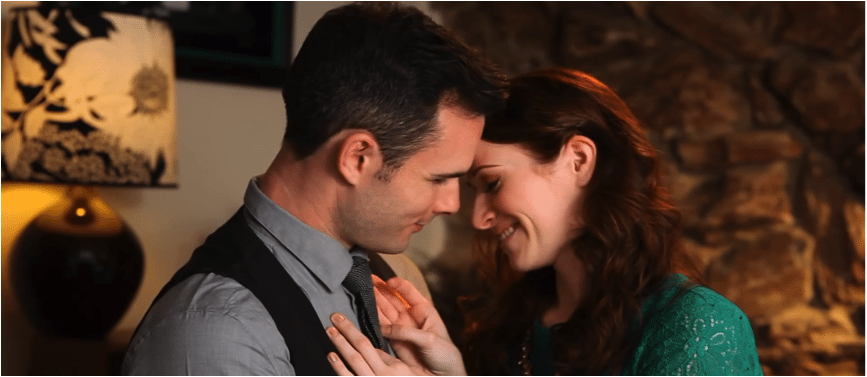YouTube: An art form we should subscribe to?
For most people, YouTube is the home of the ‘Harlem Shake’ and sneezing pandas which, although entertaining, are somewhat the equivalent of what Toddlers and Tiaras is to TV. Yet despite this generalised and rather degrading view, this article focuses on YouTube as a form of new media; YouTube as a platform for the arts.
“At the core of it [YouTube] is always something creative” says Phil Lester (AmazingPhil), who is featured in Becoming YouTube (ninebrassmonkeys), a YouTube documentary exploring the website as a creative platform. The film captures what is thought to be the main motivation behind making YouTube content and suggests that the user uploaded videos are worthy of being considered artistic. Vlogging, or ‘video blogging’, is perhaps what YouTube is best known for (aside from its videos of hilarious cats) and which gives people an outlet to share their views and opinions on camera, enabling them to reach a huge audience. One of the most famous vloggers is Charlie McDonnell (charlieissocoollike), who after setting up his YouTube account as a bored teenager, has managed to capture the attention of over 1 million subscribers. Since then, he has had the opportunity to make short films – his audience providing him the perfect platform for showcasing his art. Likewise, Bertie Gilbert (BertieBertG) has also made short films, whereas PJ Liguori (KickThePJ) has combined art and video making to create imaginary animated adventures, while Jack Howard’s comedy sketches have also caught the attention of YouTube viewers. With such a range I expect even the most sceptical might find them self accepting at least one as a form of art.
The uniqueness of the YouTube platform seems to be best described by Ben Cook, creator of Becoming YouTube, as “a hub of raw, untethered talent, a place where we can engage, create and experiment in a way TV can only dream of.” Any art that is offered to the world on traditional platforms, TV for example, remains as a monologue insofar as although open to interpretation and engagement, it cannot respond in the way that YouTube can as a ‘conversation’. The feeling of a one-to-one relationship between the creator and their viewer is constructed in the way videos are both made and watched on the platform, which seem to imitate that of a video call with a friend. This intimacy works with the wider YouTube community established through communication via YouTube’s comment and tag features.
YouTube ‘conversation’ uses the internet to be both instantaneous and global which often creates rather special opportunities. Jack Harries began vlogging as a gap year project, but now, alongside his brother Finn, works on ‘curating the best of the web’ on jacksgap.com: a platform for people to find, share and interact with the best of global art in all its varying forms. Take this a step further and you get the platform www.hitrecord.org, created by Joseph Gordon-Levitt and his brother. The open-invite website encourages and enables collaborative art projects which result in a variety of merchandise, books and YouTube videos, without breaching anyone’s copyright. The website is a gold mine of creative people and pieces; it exhibits anything from traditional, fine art to the doodles of a student bored in a 2010 University of Warwick lecture. The power of collaboration can be seen in the instant transformation of one voice recording (which shares similarities with someone who has drunk too much purple) into a profound animation regarding the independent nature of society.
Among all the creative content being produced, it is important to consider how YouTube has enabled creators and artists like Alex Day to buy a house, thus allowing the artist to thrive and live off their creative outputs. Similarly, Hit Record on TV (an expansion of www.hitrecord.org) has announced its proposal to divide, based on percentage contribution, $50,000 per episode among all those who contributed via the internet. The beauty of such platforms is the utter freedom of the artist, over both what they create and how they do it, which means such platforms seem likely, as one of the first YouTube content creators John Green said, to “remain relatively independent while people run in and try to take the money.”
Some students are already beginning to get involved with this expanding platform. Inspired by The Lizzie Bennett Diaries, a modern interpretation of Jane Austen’s Pride and Prejudice broadcast as a web-series in vlog format, members of Warwick’s Freshblood drama society, Emily Nabney and Olivia Cole, have adapted Austen’s Sense and Sensibility into a similar format which is due to feature online (queen-marianne.tumblr.com) around May or June of this year.
Our student years offer us the chance to doodle in lectures, meet and be inspired by a diversity of people, and find ourselves bored in front a computer; we can ramble on about the meaning of life, wine bottle in hand, at 2am in a way that we will probably never experience again. Surely, that in itself makes these moments worth recording, in all their messy creative glory. After all, as clichéd as it sounds, life is art, right? Nonetheless, the rise of YouTube: the arts platform; YouTube: the new media, is identified by John Green as being part of a ‘decentralisation’ of existing artistic platforms that “will be good for media but also quality of discourse on the planet” and surely that is something anyone would want to be a part of.

Comments (2)
boring
My friends latest video check him out!!
http://youtu.be/cDjB5PUBqJM